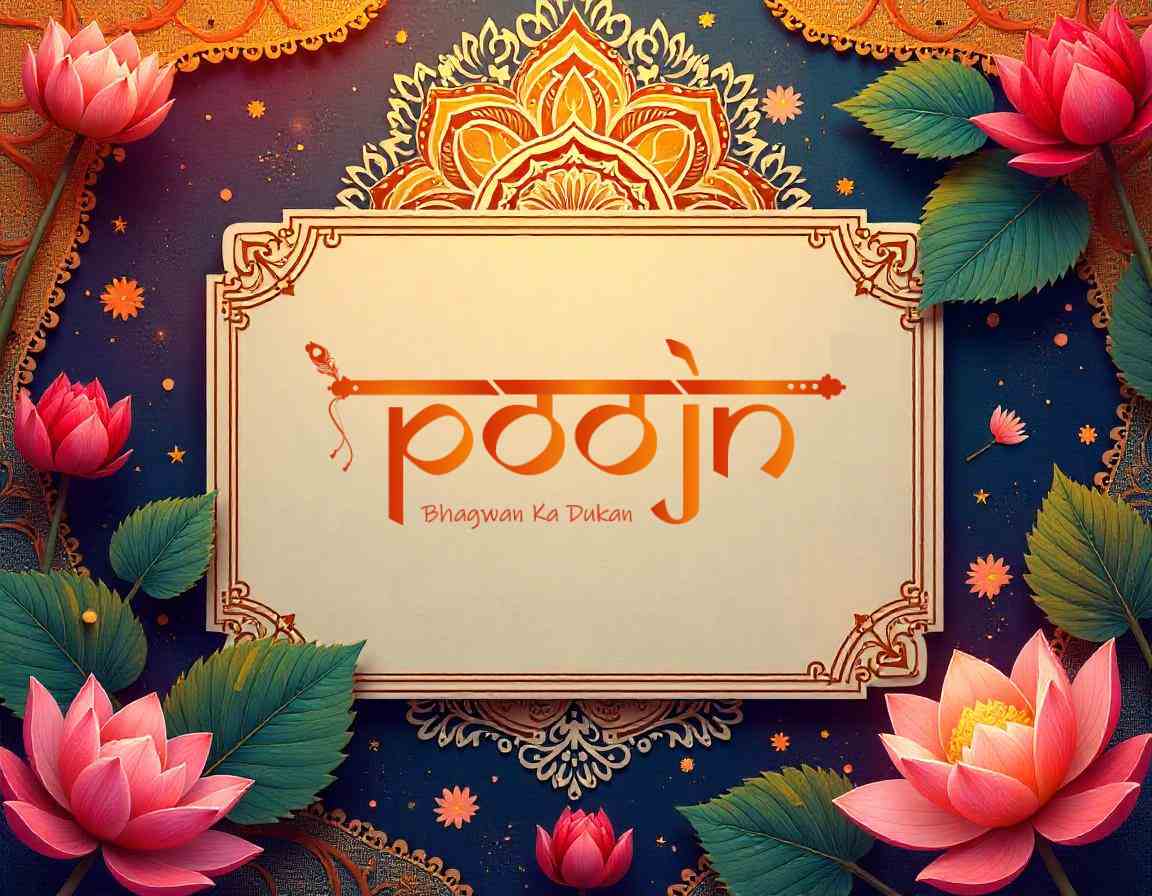
The Hindu Shahi dynasty, a captivating chapter of medieval India, commenced its reign in 843 CE. This marked a significant transition when Kallar, a prominent figure, succeeded the last Turk Shahi ruler, Lagaturman. The dynasty’s influence extended across regions like Kabul and Gandhara, areas steeped in cultural heritage since the Kushan Empire’s era (3rd to 9th century).
Rise of the Dynasty
Kallar’s rise to power in 843 CE signaled the inception of the vibrant Hindu Shahi lineage. His leadership was instrumental in establishing the dynasty. The term ‘Shahi,’ denoting king or emperor in Persian, reflects the diverse cultural influences prevalent in the region. This era witnessed a fusion of traditions, shaping the socio-political dynamics.
Notable Rulers and Their Achievements
Samanta succeeded Kallar. His reign witnessed the loss of Kabul to the Saffarid Empire. However, Lalliya, Samanta’s successor, demonstrated remarkable resilience by reclaiming Kabul and conquering Zabulistan. These military victories underscored the dynasty’s strength and strategic capabilities.
Cultural and Religious Flourishing
Art and architecture thrived under the Hindu Shahis. As patrons of Hinduism and Buddhism, they commissioned the construction of numerous temples and monasteries. These cultural landmarks served as vital centers for preserving religious practices amidst external pressures. The surviving ruins offer a glimpse into the artistic achievements of that period. You can learn more about Hinduism’s global reach and diverse traditions in this insightful blog post. For a deeper understanding of the history and origins of Hinduism, this resource provides a comprehensive overview. Additionally, this concise history explores the origins of Hinduism in detail.
Military Conflicts and Strategic Defense
The Hindu Shahi dynasty confronted numerous military threats, particularly from the formidable Ghaznavid Empire. The strategic importance of the Hindu Kush region presented both advantages and vulnerabilities. While offering a natural defensive barrier, it also became a prime target for invasions. The continuous conflicts in this region ultimately contributed to the dynasty’s decline. Explore the story of Valmiki, the author of the Ramayana, and the complexities of Ravana’s character to delve deeper into the epic literature of the time.
Enduring Legacy and Historical Significance
The Hindu Shahi dynasty’s legacy remains deeply embedded in South Asian history. They symbolize a crucial link between ancient and medieval India, their contributions woven into the region’s narratives. Their influence extended to later Hindu kingdoms across India, shaping their cultural and political landscapes.
Modern Research and Continued Relevance
Today, historians and archaeologists actively explore the Hindu Shahi period, seeking to uncover further insights into their cultural and historical impact. The dynasty’s story persists in contemporary literature and media, reflecting its lasting significance in shaping Indian identity. Exploring historical sites associated with the dynasty offers a tangible connection to their enduring influence. If you’re interested in exploring ancient Hindu practices like yoga, meditation, and Ayurveda, this article offers a valuable perspective. For those intrigued by Hindu wedding traditions and the significance of Rangoli designs, this resource provides a detailed exploration.
Poojn.in: Your Companion for Exploring Hindu Traditions
Poojn.in offers a wide array of products to help you connect with the rich traditions of the Hindu Shahi period. Whether you’re seeking deity-specific items for Lord Shiva or exploring resources on ancient Hindu practices, our collection caters to diverse needs. We offer:
- Complete Puja Samagri Sets: Pre-assembled sets with all the essentials for traditional Hindu rituals, sourced authentically and packaged conveniently. These sets simplify your puja preparations and ensure you have everything you need in one place.
- Sacred Texts and Guides: Explore Sanskrit texts from the Hindu Shahi era, accompanied by translations and explanations for better comprehension. These resources provide valuable insights into the religious practices of the time.
- Temple Worship Items: Discover traditional bells, ghanti, copper and brass items, incense, and dhoop, all crafted with authenticity and reverence for traditional practices. Enhance your personal worship space with these sacred items.
- Deity-Specific Items: Find items specifically designed for worshiping Lord Shiva, a central deity in the Hindu Shahi tradition. Explore materials for Sun God rituals and other deities prominent during that era. These items allow for personalized and meaningful worship experiences.
Visit Poojn.in to discover our comprehensive collection. Our customer service team is ready to assist you in selecting the perfect items for your needs. All items are meticulously chosen to adhere to traditional standards and are delivered across India.
For those interested in exploring temples relevant to this era, consider visiting the Sthaneshwar Mahadev Temple or the Hidimba Devi Temple. Learn about the history, significance, and rituals associated with these sacred sites. For a deeper dive into the spiritual journey, rituals, and beliefs associated with the Hidimba Devi Temple, this resource offers valuable insights.
Conclusion
The Hindu Shahi dynasty stands as a symbol of resilience, cultural richness, and historical importance. As protectors of tradition and patrons of art and religion, they shaped a unique narrative that continues to resonate. By studying their history, we gain a deeper understanding of a past that informs our present. Exploring their legacy, whether through historical research or visiting ancient sites, allows us to appreciate and learn from their enduring impact on India’s cultural tapestry.


